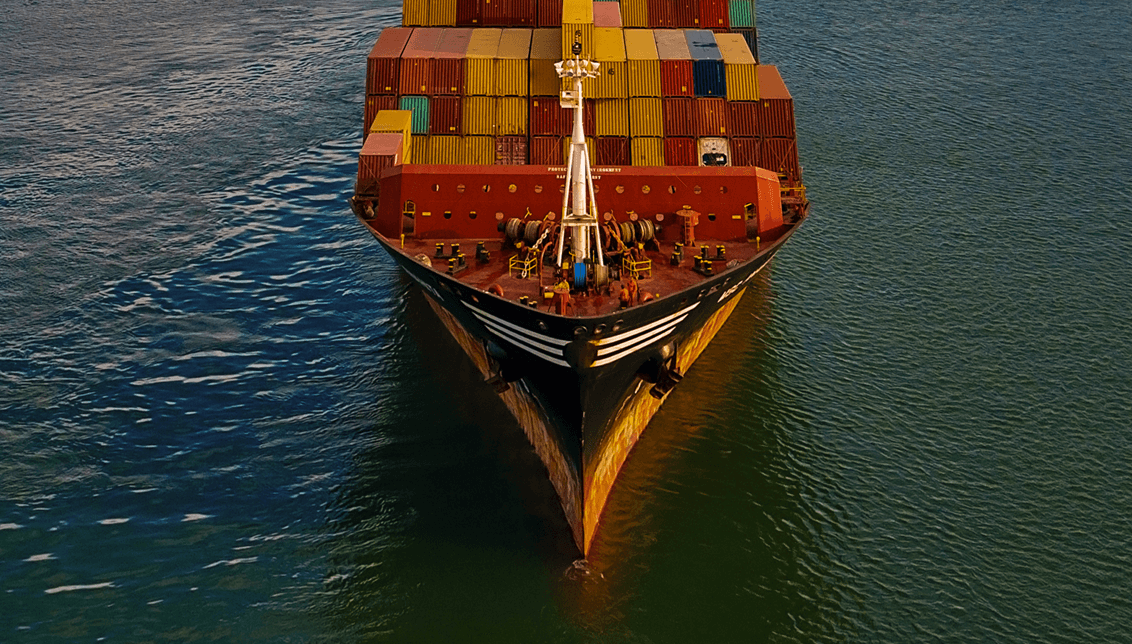On the afternoon of August 4, two 18,500 DWT oil/chemical tankers (Hull No. /4) built by Fujian Shipbuilding Group’s subsidiary Mawei Shipbuilding were successfully undocked. Concurrently, the 7,500-car LNG dual-fuel roll-on/roll-off vessel (XSI463J) and the 4,200-car LNG dual-fuel roll-on/roll-off vessel (MW467-1) constructed in the same dock were floated in coordination.
The 18,500 DWT oil/chemical tanker has an overall length of 149.8 meters, a beam of 22.8 meters, and a depth of 12.7 meters. It is pre-equipped for methanol dual-fuel conversion and can transport primary cargoes such as crude oil, petroleum products with a density below 1.54 tons per cubic meter, chemicals (Category II and III), liquid chemicals, and IMO Category II and III petroleum products listed in MARPOL Annex I and the IBC Code. The vessel’s main engine and generator sets are equipped with nitrogen oxide emission control devices (SCR), complying with IMO Tier III requirements and the ice-class strengthening standard ICE CLASS 1C.
This vessel adopts a multi-load line design to meet the requirements of different flag states and ports. The liquid cargo system features a variable-frequency hydraulic-driven setup with six independent transfer systems, simultaneously powering six cargo pumps and one ballast pump, enabling the unloading of six liquid cargo groups at once. The discharge rate of a single cargo pump is 300 cubic meters per hour, with a maximum discharge rate of 1,800 cubic meters per hour. The propulsion system employs a low-speed two-stroke diesel engine paired with a controllable-pitch propeller, a front-mounted energy-saving guide wheel, and a flap rudder with a bulb. Additionally, a variable-frequency shaft generator is installed, allowing the vessel to operate without generator sets during navigation, reducing energy consumption while enhancing maneuverability.
The project team designated the first vessel in this series as a “model project,” rapidly establishing standardized and institutionalized construction practices that were extended to batch production. In advancing modular block construction, the hull was divided into large functional blocks, promoting modular block assembly and integrated “hull-outfitting-painting” processes, significantly shortening dockyard construction cycles. Meanwhile, leveraging the /MES system, the team achieved high integration of design, materials, and production planning, dynamically allocating resources to ensure the main construction schedule.
Intelligent welding robots were widely deployed in critical welding processes, while laser cutting and intelligent material processing improved construction precision and material utilization. The strictest standards were applied to cargo hold special coatings, stainless steel welding, tightness testing, and mooring and sea trials, ensuring the undocking milestone was met with full effort.
Through close collaboration among all relevant departments, the undocking completeness of the two vessels reached a record high. Among the milestones, all 37 compartments in the engine room were completed and inspected, with piping installation reaching 90%, engine room outfitting installation at 95%, and exhaust pipe installation at 90%. The generators are ready for dynamic testing. Cable laying across the vessel is nearing completion, and electrical system construction is progressing steadily.
Simultaneously, the project team advanced the outfitting processes for stainless steel pipes, inclined ladders, and platforms, while continuously improving the completeness of block assemblies such as cargo hatch covers and corrugated bulkheads, striving to shorten the construction cycle for cargo oil tanks. Before undocking, 14 special coating projects for the cargo oil tanks of MW516-3 were largely completed, with outfitting and ventilation works reaching 90%, and anchor winches and chains already installed.
Moving forward, Fujian Shipbuilding will further coordinate production progress and safety across all divisions, rigorously implementing planned tasks to drive a surge in productivity in the third quarter, relentlessly striving to achieve annual targets.





